

22/07/2025

pareidolia
The future of robust medical AI hinges not just on sophisticated algorithms, but on the quality of data those algorithms learn from. At medical data annotation, the meticulous labeling of radiological images transforms raw patient data into reliable input for machine learning. Without this essential groundwork, even the most advanced AI can falter, resulting in biased, inaccurate, or unsafe outcomes.
Expert validated annotations are central to the development of a reliable AI powered medical tool as evident in a 2017 study where even with high annotation coverage, a 10% error rate from non-expert annotators led to segmentation failure.
At Pareidolia, we recognize the critical role of high-grade annotations in conjunction with the effective management of quality datasets, a foundation for developing trustworthy medical AI solutions.
What is Medical Data Annotation?
Medical Data Annotation is the meticulous process of labeling and tagging medical images to provide structured data for training AI algorithms. Whether it’s a CT scan, MRI, or X-ray, each pixel or region must be annotated by skilled professionals to train AI to detect anomalies with high precision.
At Pareidolia, we first identify clean, usable datasets, then carefully annotate and review them through expert teams. We know that high-grade annotations in both quality and volume are essential for training dependable medical AI.
Why Accurate Annotation is Vital for Medical AI
Without precise annotation, AI models can’t differentiate between healthy and diseased tissues. Inaccurate data labeling can lead to false positives or negatives, directly impacting diagnosis and treatment.
Several studies have come to a common ground on explaining the challenges faced during medical image annotation:
- Time intensive: High-grade medical image annotations, especially involving complex anatomical structures, which demand significant time, clinical expertise, and financial investment.
- Lack of anatomical precision: Non-expert annotations can misrepresent complex anatomical structures, which would lead to flawed annotations.
- Inter-observer variability: Even trained specialists may disagree, impacting consistency.
- Error & biased annotation: Not all medical imaging data is absolutely best in quality. Subjective interpretations of these data can introduce errors that affect model reliability.
- Scalability challenges: Expanding annotation efforts is difficult due to expert scarcity and workflow complexity.
- Lack of Clinical Expertise: Without input from trained medical professionals, annotations may miss subtle but critical findings, leading to unreliable data for model training.
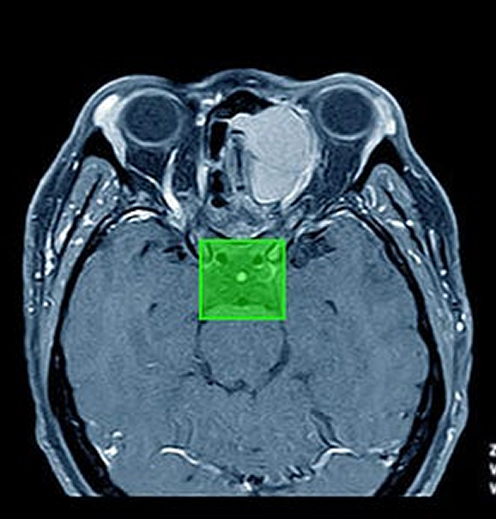
At Pareidolia, we address these challenges through a carefully designed workflow. Our annotators are trained continuously by in-house experts, with a focus on understanding diverse pathologies. Every annotation follows standardized protocols (SOPs) to maintain consistency and quality. This approach helps us deliver high-grade annotations at scale, ensuring reliable data for medical AI
Applications of Medical Image Annotation on Modern Healthcare
Oncology: Used to detect and segment cancers like breast, brain, and colorectal tumors for staging and treatment planning.
Neurology: Annotations in brain MRIs help identify conditions such as Alzheimer’s, epilepsy, and multiple sclerosis.
Cardiology: Medical image annotations enable heart chamber and vessel segmentation for disease detection using MRI/CT.
Pulmonology: Annotations in pulmonary imaging support deep learning models for tasks like detection, classification, and segmentation of diseases such as lung cancer and COVID-19, improving diagnostic speed and accuracy.
MSK: Annotated images are used to train AI models for fracture detection, bone age estimation, and tumor classification, aiding radiologists in accurate and efficient diagnosis across multiple MSK conditions.
Hepatobiliary: In hepatobiliary medicine, annotated radiological images, especially CT and MRI, support deep learning models for diagnosing liver diseases such as cirrhosis and hepatocellular carcinoma (HCC), enabling earlier detection and reducing reliance on invasive biopsies.
Gastrointestinal: Expert-annotated capsule endoscopy images facilitate the training of deep learning models for automatic detection of Crohn’s disease lesions, reducing gastroenterologist workload and enhancing lesion identification accuracy.
Lymphatic system: Cross-modality annotations from CT are transferred to MRI to label lymph nodes, improving segmentation in MRI without requiring direct MRI annotations, thus enhancing diagnosis in oncology contexts.
Vascular: Detailed annotation of blood vessels, such as in coronary CT angiograms, enables 3D modeling of arteries for coronary artery disease analysis, aiding in virtual simulations, stent design, surgical planning, and AI-based lumen segmentation.
Ophthalmology: Retinal image annotation is essential for detecting diabetic retinopathy and macular degeneration.
At Pareidolia, our teams trained to annotate complex medical images in each of these domains using modality-specific protocols and clinical knowledge to ensure accuracy, consistency, and real-world relevance.
The Role of Advanced Tools and Quality Control
Advanced medical annotation tools do more than speed up the process — they ensure precision and quality. Platforms like 3D Slicer, ITK-SNAP, and XNAT support detailed segmentation, 3D visualization, and data versioning. All of which are essential for accurate labeling and consistent quality control.
At Pareidolia, we use these tools across our workflow — from annotating complex radiology scans to building 3D models from CTA/MRA images. They help us maintain consistency, traceability, and clinical accuracy in both our data and our outputs. Ensuring every dataset is AI-ready and aligned with real-world standards.
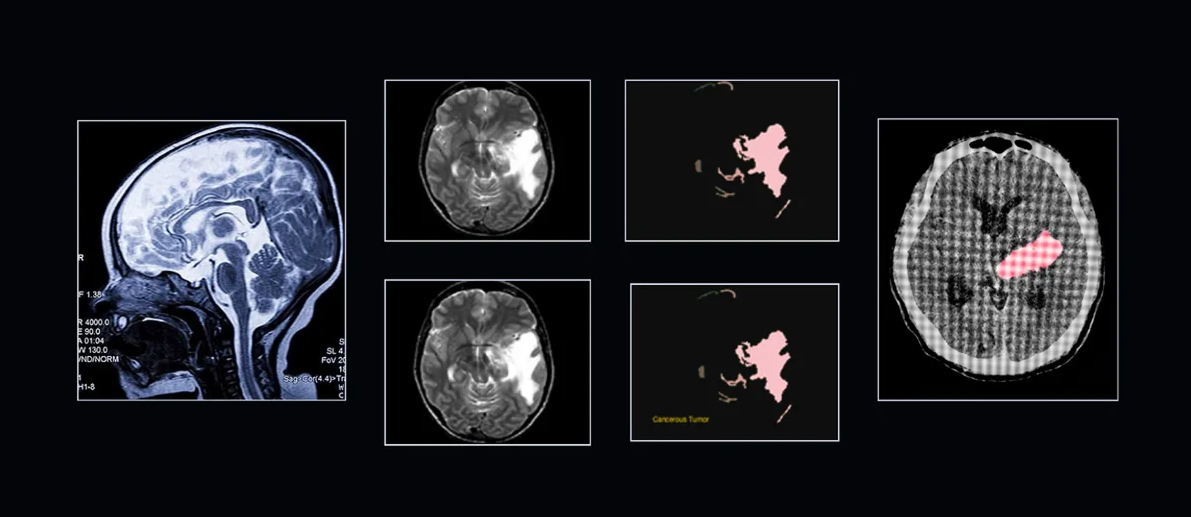
Why It Matters for AI/ML Researchers & Scientists
For AI and ML researchers in the healthcare sector, medical data annotation is not just a technical step. It’s the backbone that determines how well your algorithms learn and generalize. High-quality radiology image annotation helps your AI detect subtle patterns in CT or MRI scans that might be missed otherwise. This means fewer false positives, faster diagnostics, and higher clinician confidence.
At Pareidolia Systems LLP, we go a step further. We create precise 3D models from CTA/MRA datasets, which not only enhance spatial understanding but are essential for training advanced AI systems in surgical planning, vascular analysis, and more. We also perform rigorous quality control both on raw imaging data and on the 3D reconstructions we generate ensuring every input to your model is clean, consistent, and clinically valid.
By partnering with a professional annotation provider like Pareidolia, you get more than labeled data. You get datasets that standardized, anatomically accurate, and aligned with real-world medical practice. Whether you’re building prototypes, training models, or validating AI workflows. Our process minimizes bias and maximizes reproducibility, accelerating your journey from research to real-world deployment.
The Future of AI in Healthcare Depends on Reliable Data
As the demand for AI in diagnostics grows, the need for high-quality medical annotation is skyrocketing. According to Forbes, the global AI healthcare market is projected to reach $187 billion by 2030 driven by accurate data annotation and robust AI training.
In the race to innovate, the foundation must remain strong. Medical Data Annotation is not just a step in the pipeline, it is the backbone that supports the reliability, safety, and success of AI in healthcare.
At Pareidolia Systems LLP, our mission is to power the future of healthcare through accurate, clinically guided AI solutions. From expert-led annotation to advanced segmentation and 3D modeling. We support health tech innovators with reliable, domain-specific datasets designed to meet real-world clinical needs.
“We Annotate. You Innovate.”
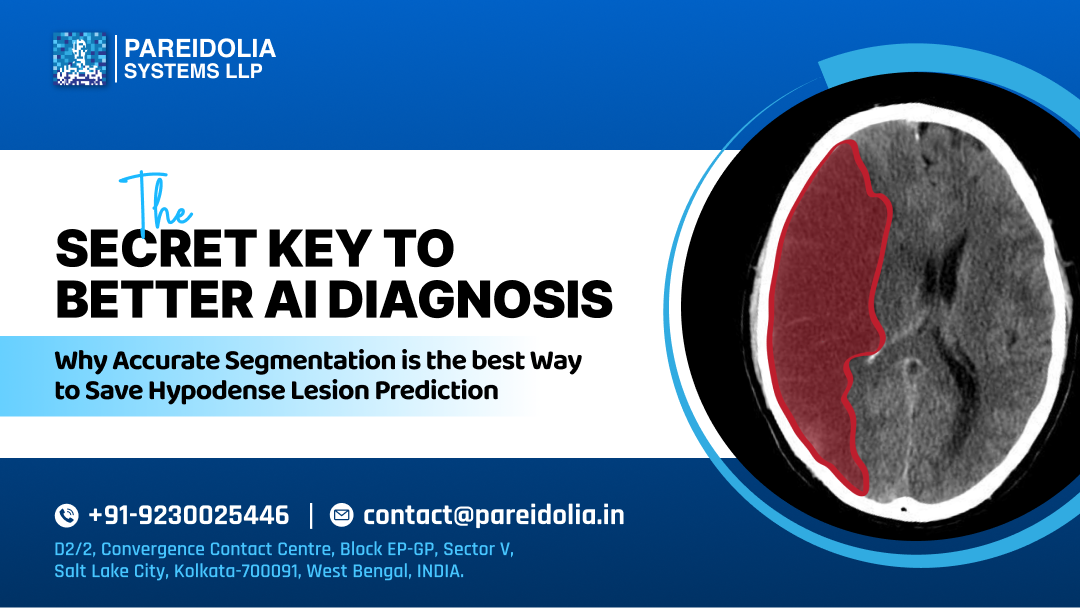

01/12/2025

pareidolia
The Secret Key to Better AI Diagnosis: Why Accurate Segmentation is the best Way to Save Hypodense Lesion Prediction
In today’s medical imaging world, accuracy alone is no longer enough. Healthcare teams need to…
Read More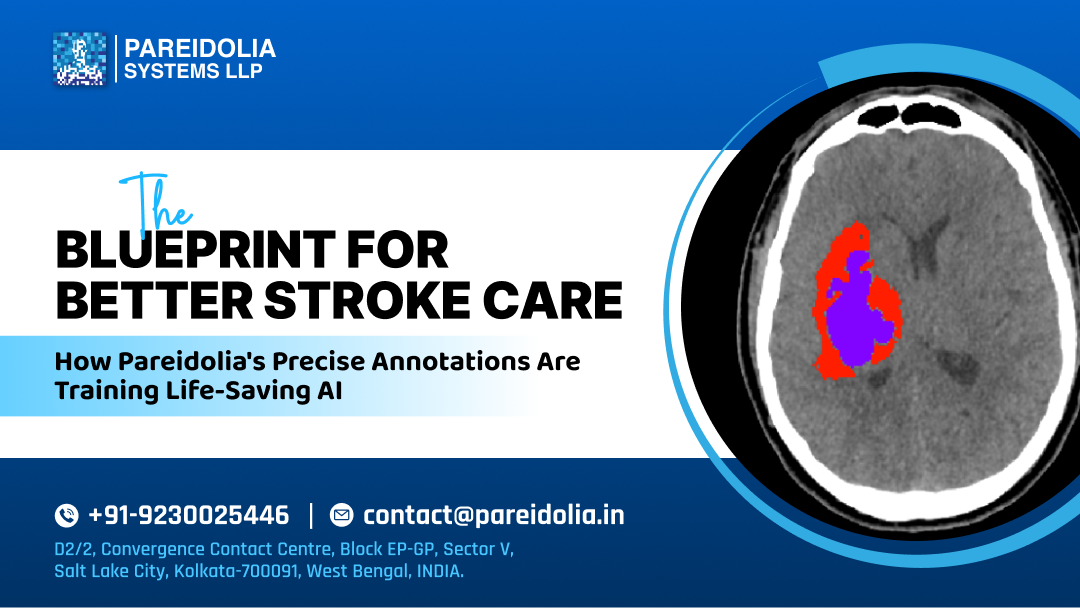

18/11/2025

pareidolia
The Blueprint for Better Stroke Care:How Pareidolia’s Precise Annotations Are Training Life-Saving AI
In 2025, stroke is the second leading cause of death globally, causing 3.6 million deaths.…
Read More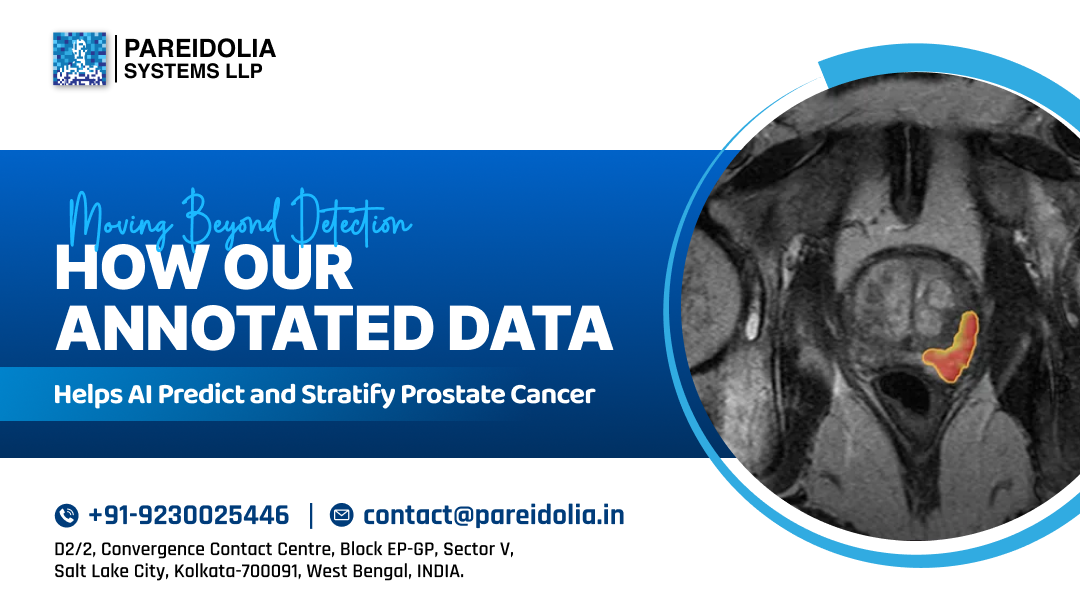

04/11/2025

pareidolia
Moving Beyond Detection: How Our Annotated Data Helps AI Predict and Stratify Prostate Cancer
Approximately 1.5 million men were diagnosed with prostate cancer globally. Prostate cancer is the fourth…
Read More
04/11/2025

pareidolia
Beyond the Pixel: How Precise ICH Segmentation Transforms Patient Care
In modern healthcare, the fusion of artificial intelligence (AI) and medical imaging is revolutionizing diagnostics…
Read More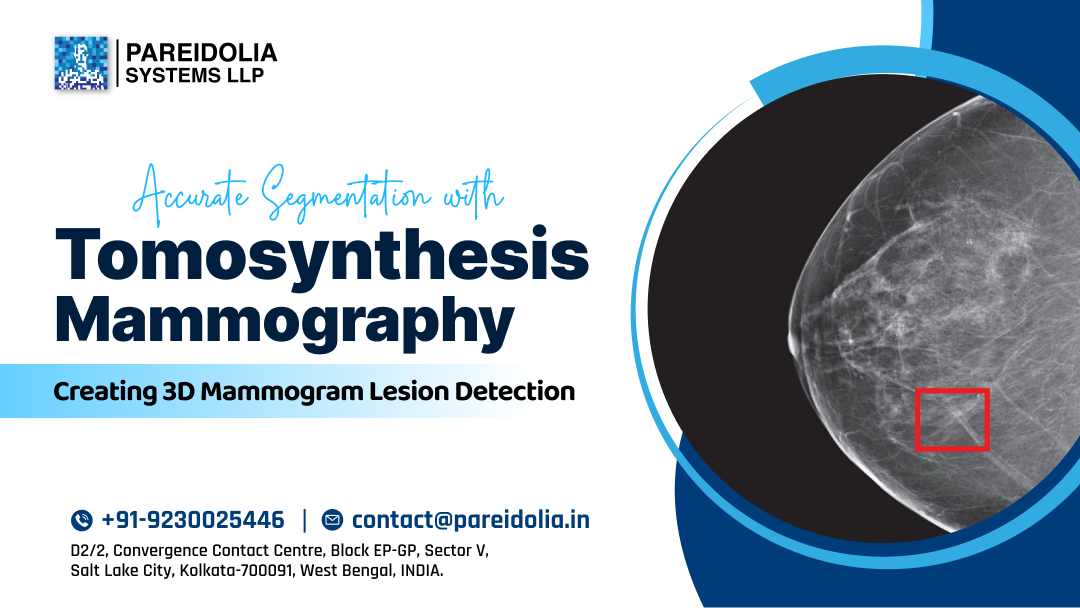

16/10/2025

pareidolia
Accurate Segmentation with Tomosynthesis Mammography:Creating 3D Mammogram Lesion Detection AI
Breast cancer remains one of the most prevalent and life-threatening diseases affecting women globally. Early…
Read More